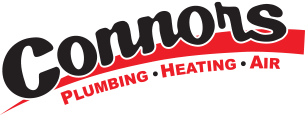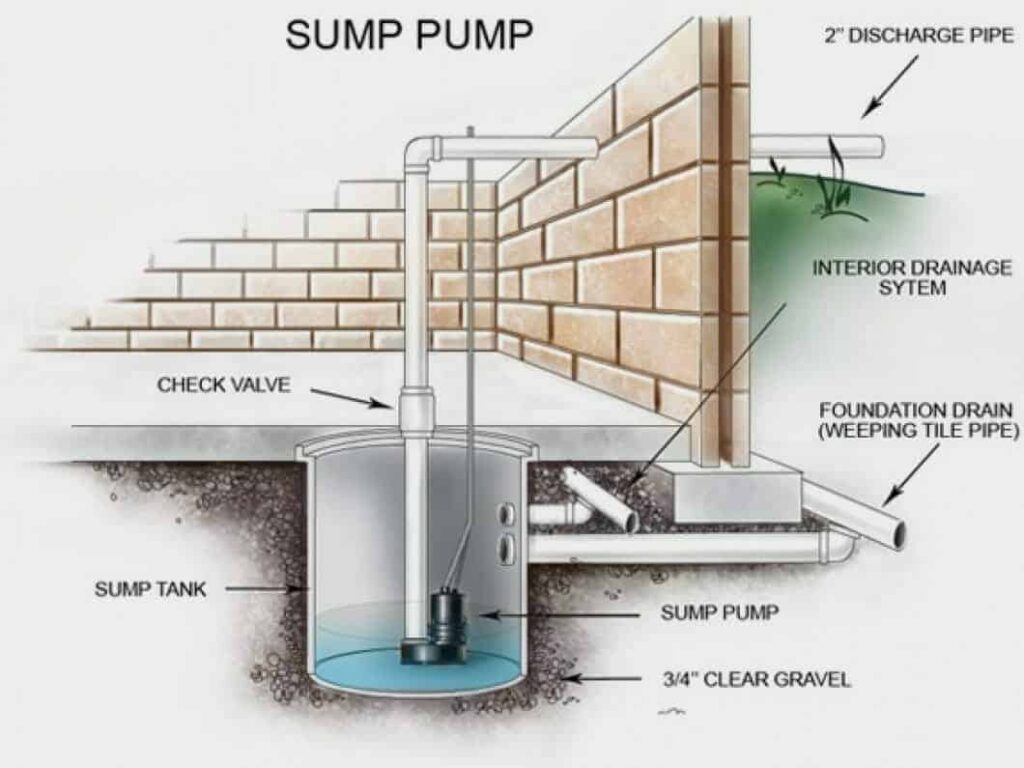If you’re a homeowner in Waseca, MN, protecting your home from water damage should be a top priority. A big rainstorm or melting snow can quickly turn your cozy basement into a worrisome puddle. That’s where sump pumps come to the rescue. Whether you’re new to homeownership or have just never looked in that mysterious pit in the basement, this guide is for you. We’ll break down what sump pumps are, how they work, their benefits, and, most importantly, how to keep yours in tip-top shape.
What Is a Sump Pump and Why Does It Matter?
A sump pump is a small device with a big job. Installed in a shallow pit (called a sump basin) at the lowest point of your basement or crawl space, its main job is to remove water that accumulates around the foundation. After heavy rain, rapid snowmelt, or even a rising water table, that pit will fill with water. The sump pump automatically turns on and pushes the water outside through a discharge pipe, keeping your home dry and safe.
This simple yet essential tool can be the key to preventing a dry basement from turning into an expensive water damage disaster. It plays a crucial role in:
- Preventing basement flooding in Waseca’s unpredictable climate
- Reducing risks of mold, mildew, and musty odors
- Limiting foundation problems by controlling groundwater pressure
- Keeping your stored treasures and appliances safe
Across Minnesota, a sump pump isn’t just a nice-to-have; it’s a real investment in your home’s long-term comfort and safety.
How Does a Sump Pump Work?
The Basics
Here’s a simple overview of how it functions:
- Water flows into the sump pit through drains or from the surrounding soil.
- A float switch triggers the pump when the water rises to a certain level.
- The motor activates, drawing water up from the pit and sending it away from your house through a discharge line.
- Water is discharged outside, far enough from your foundation to prevent water from cycling right back inside.
Most pumps rely on electricity, but many homes also have battery backup pumps for peace of mind during power outages.
Main Types of Sump Pumps
- Submersible sump pumps: These units sit inside the sump pit, keeping everything out of sight and quiet. They handle higher volumes and are suitable for most basements in Waseca.
- Pedestal sump pumps: The motor sits above the pit on a column, making it easier to service. While they’re a bit noisier, pedestal pumps typically last longer.
- Backup sump pumps: You can add a battery or water-powered backup pump. If the main pump fails (from a power outage or mechanical issue), your backup can keep water moving out.
Why Every Waseca Homeowner Should Care About Sump Pumps
Reduce the Risk of Flooding
Living in Minnesota means facing heavy rain, quick thaws, and high water tables. A sump pump is your frontline defense against those basement floods. Just one big rainstorm without a working pump can cause significant damage.
Preserve Foundation Health
Consistent water pooling around your foundation can cause cracks, leaks, and costly structural damage. A sump pump manages soil moisture and relieves the pressure.
Prevent Mold and Mildew
Basements are dark, cool, and naturally prone to dampness. That combination is an open invitation for mold, which thrives on moisture. Keeping things dry means better air quality and a healthier home.
Protect Appliances and Valuables
Many homes use their basement for laundry, storage, or even living space. A sump pump shields your washing machine, furnace, family photos, and everything else from water’s destructive reach.
Deter Pests and Reduce Odors
A dry basement is much less likely to become a home for unwanted pests, like termites and bugs that love wet environments. It also cuts down on musty smells.
Support for Insurance Requirements and Savings
While most homeowner’s insurance policies don’t cover flooding from groundwater, some flood insurance policies may require sump pumps—or offer lower premiums if one is installed.
Simple Steps to Test and Maintain Your Sump Pump
Preventing a flooded basement is all about preparation and proactive care. Here’s how you can give your sump pump its best shot at functioning when you need it most:
1. Test It Regularly
At least twice a year (early spring and fall are great times), do these two checks:
- Lift the float: Pour a bucket of water into the pit until the float rises. The pump should kick on, drain the water, then turn off on its own.
- Listen for odd noises: Humming, grinding, or rattling may indicate motor trouble or a clog.
2. Inspect the Discharge Line
- Make sure the line is securely connected and pointing away from your home.
- Check for clogs or blockages, especially after leaves fall or snow melts.
- The end of the pipe should be several feet from your foundation.
3. Clean the Sump Pit
Remove dirt, debris, and loose gravel from the pit every few months. This prevents clogs and keeps the pump running efficiently.
4. Back Up Your Power
Consider adding a battery backup system. Power outages and major storms often strike together, and a backup pump is a smart layer of protection against disaster.
5. Schedule Preventive Maintenance
While some upkeep can be tackled by a handy homeowner, it’s wise to schedule a professional inspection at least once a year. A qualified technician can:
- Check wiring and electrical connections
- Inspect the pump’s motor and impeller for wear
- Test backup systems
- Evaluate if your setup is meeting your home’s unique needs
6. Watch for These Common Warning Signs
Any of these symptoms could mean it’s time for a repair or replacement:
- The pump fails to turn on, even as the pit fills with water
- Slow or incomplete draining (the pit never seems empty)
- Frequent cycling, even in dry weather
- Unusual smells, mold, or mildew around the pit
- Excessive vibration, noise, or rattling during operation
If you experience any of these warning signs, it’s time to reach out for help before you’re knee-deep in water.
Frequently Asked Questions About Sump Pumps
Will a sump pump work if the power goes out?
Your primary pump needs electricity, so plan for power outages by installing a battery or water-powered backup. Many Minnesota basements flood during storms that knock out the power, so having a backup is a smart preventative measure.
How long do sump pumps last?
With good maintenance, most pumps last 7 to 10 years. Regular inspections and cleaning extend their life and help you avoid sudden breakdowns.
Do I need a sump pump if my basement has never flooded?
Flooding risk can change over time. Development, landscaping changes, or even a clogged drainage system can shift groundwater. A sump pump is great peace of mind, especially given Minnesota’s unpredictable weather.
Time for a Pump Check Connect with Waseca’s Local Pros
Your sump pump is your last line of defense against a sudden, soggy mess. Don’t wait until you discover standing water in your basement to check on your sump pump. Regular maintenance, occasional upgrades, and knowing when to call in a pro means you’ll always stay a step ahead. If you’d like a friendly, expert hand in keeping your home dry, Connors Plumbing, Heating and Air is ready to help. Our Waseca team specializes in sump pump installation, repair, and maintenance for homes just like yours. Contact us today to schedule an inspection or maintenance visit so you can enjoy peace of mind all year long.

